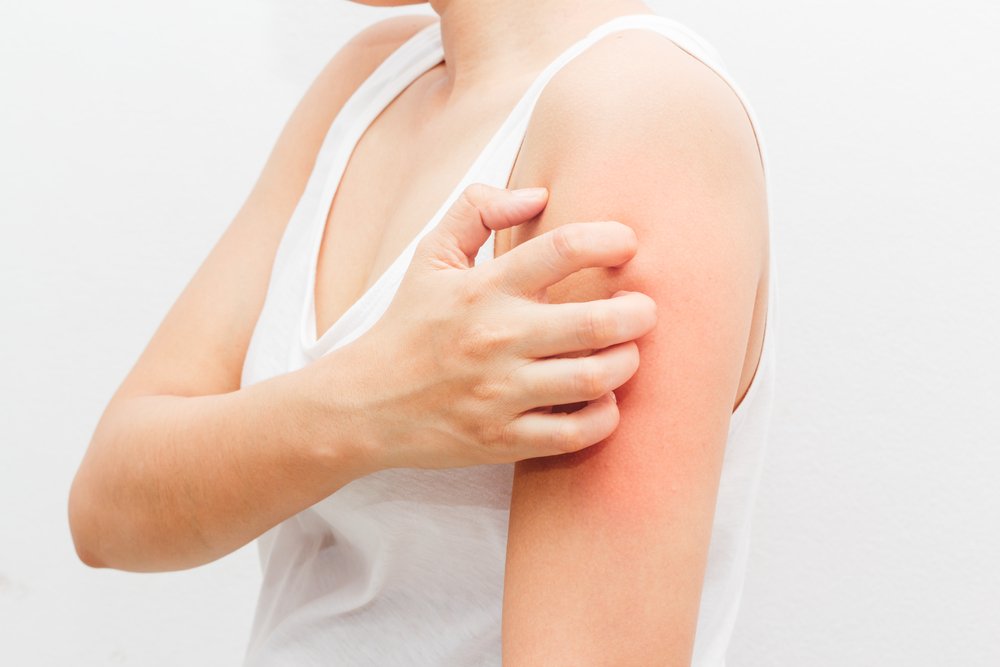Allergy-Susceptibility Condition Known as Atopy Worsens Juvenile Lupus Outcomes, Study Reports

Youngsters with an allergy-susceptibility condition known as atopy have worse cases of lupus when diagnosed and poorer outcomes than patients without atopy, a study reports.
The research, “Atopy in children with juvenile systemic lupus erythematosus is associated with severe disease,” was published in the journal PLoS One.
Juvenile systemic lupus erythematosus affects children and teens. Atopy is a hereditary disorder whose hallmark is intense reactions to allergens such as pollen or food. It manifests itself through hay fever, asthma, and similar allergic conditions.
The two chronic inflammatory diseases share important similarities, but previous studies suggested they were mutually exclusive — that is, a person could have only one at a time.
Researchers wanted to see if they could strike people at the same time — and, if they could, what the level of lupus activity and the prognosis for the disease would be.
They followed 35 patients with both juvenile lupus and atopy, and 45 with juvenile lupus alone, for two years. They assessed disease activity with systemic lupus erythematosus disease activity index 2000 (SLEDAI-2K) scores and laboratory markers.
Those with both diseases had higher SLEDAI-2K scores — 16.09, versus 11.18 in patients with juvenile lupus only. In addition, patients with the two conditions had higher numbers of B-cells. Since these immune cells fight diseases, the higher numbers indicated more lupus activity.
Researchers found a worse level of lupus among those with both diseases at one, three, six, 12, 18 and 24 months than in those with lupus only. As an example, those with both conditions had a disease-activity score of 8.57 at three months, more than triple the 2.62 of patients with lupus only. Those with both diseases also had lower lupus improvement scores.
Another important finding was that those with both conditions had twice as many lupus flare-ups over the two-year study period than those with lupus only. The figures were 3.77 flare-ups for those with both conditions and 1.51 for those with lupus only.
Those with both diseases also needed more time to stabilize their lupus — 6.88 months, versus 4.65 in the lupus-only group.
“Our study with two-year follow-up provides strong prospective clinical data to support the concept of co-existence of JSLE [juvenile lupus] and atopy and emphasizes the potential effect of co-existing atopy on the course and prognosis of JSLE,” the researchers wrote. “Our study has observed the adverse impact of co-existing atopy on the prognosis of JSLE, and we suggest that co-morbidities [more than one disease at the same time] should be considered in treating JSLE patients.”





